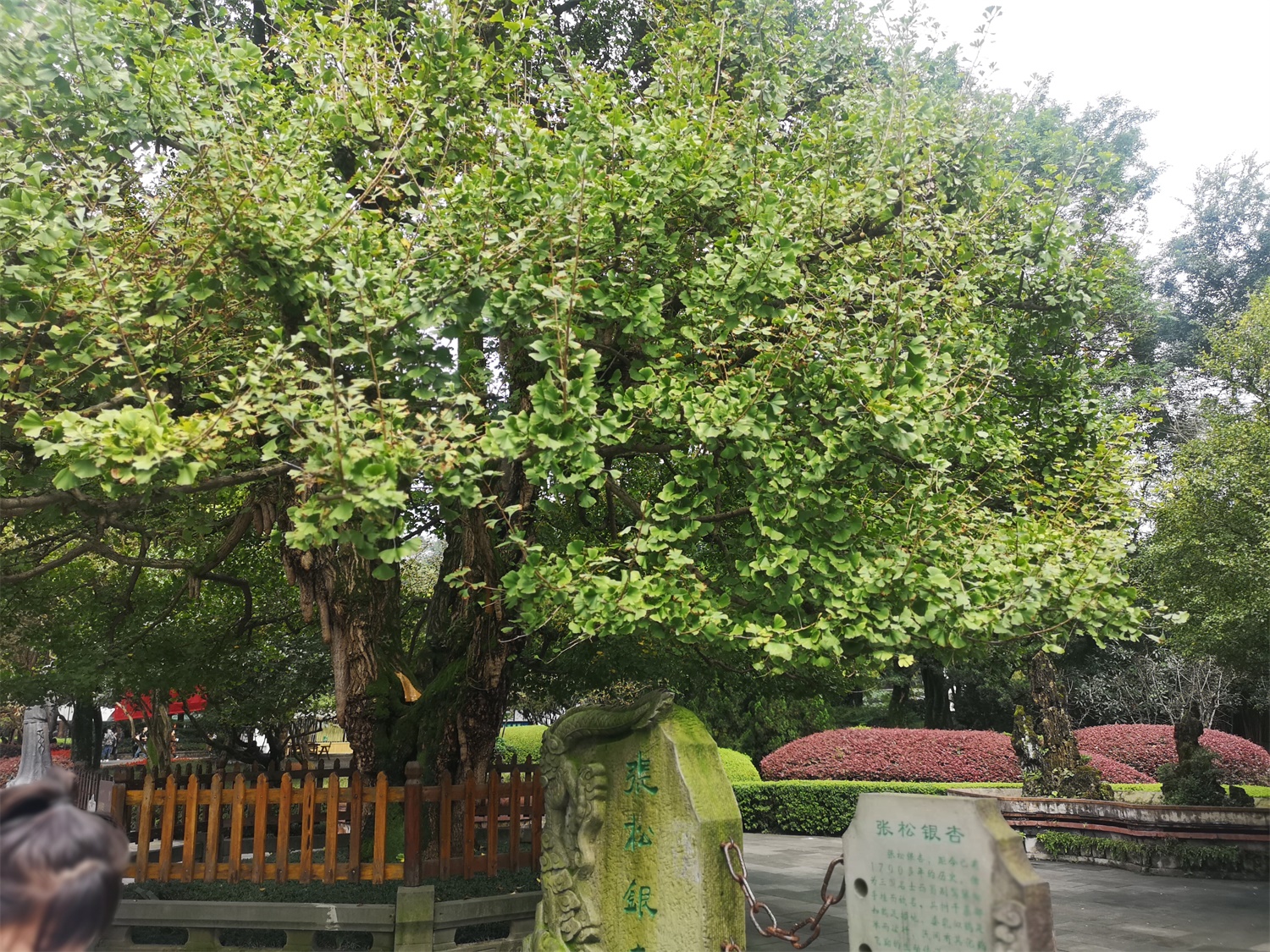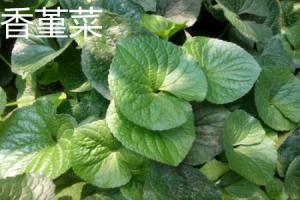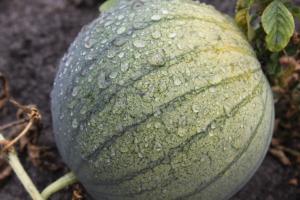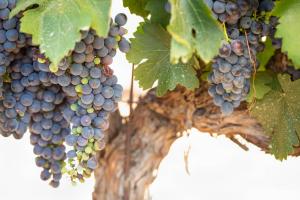Shaping and pruning method of Ginkgo biloba
According to different operation seasons, the pruning of Ginkgo biloba is generally divided into winter pruning and summer pruning
Winter is the main period of Ginkgo pruning, which is of great significance for cultivating high-yield tree shape and increasing the yield of the second year. Winter shearing is best carried out in early winter or early spring. It cannot be trimmed in severe cold season, otherwise the wound is difficult to heal, and it is prone to freezing injury and physiological drought. Maintenance and pruning shall be conducted once a year to cut off competing branches, bare branches, dead branches, sagging and aging branches, so as to make more short branches on the branches and retract the top. The pruning amount of summer shears is not large, and can be combined with bud wiping, coring, ring cutting, ring stripping and other work

For the Ginkgo biloba planted and bred, the male plants are shaped by the stem shape of the central leader, and the skeleton branches with large opening angles are selected as far as possible, which can make the tree shape more majestic. The shaping of female plants is in the form of central leaders or multi leaders, but the opening angle of skeleton branches should not be too large, so as to avoid being overwhelmed when they grow up. Every year, while selecting and retaining new auxiliary branches, cut off the lowest auxiliary branches. At the same time, consider some appropriate arrangement for different tree shapes. Sparse cutting is mainly miscellaneous branches. Medium and short cutting is generally used to change the branch angle, and pay attention to retaining appropriate cutting buds


 how many times do yo...
how many times do yo... how many planted tre...
how many planted tre... how many pine trees ...
how many pine trees ... how many pecan trees...
how many pecan trees... how many plants comp...
how many plants comp... how many plants can ...
how many plants can ... how many plants and ...
how many plants and ... how many pepper plan...
how many pepper plan...






























